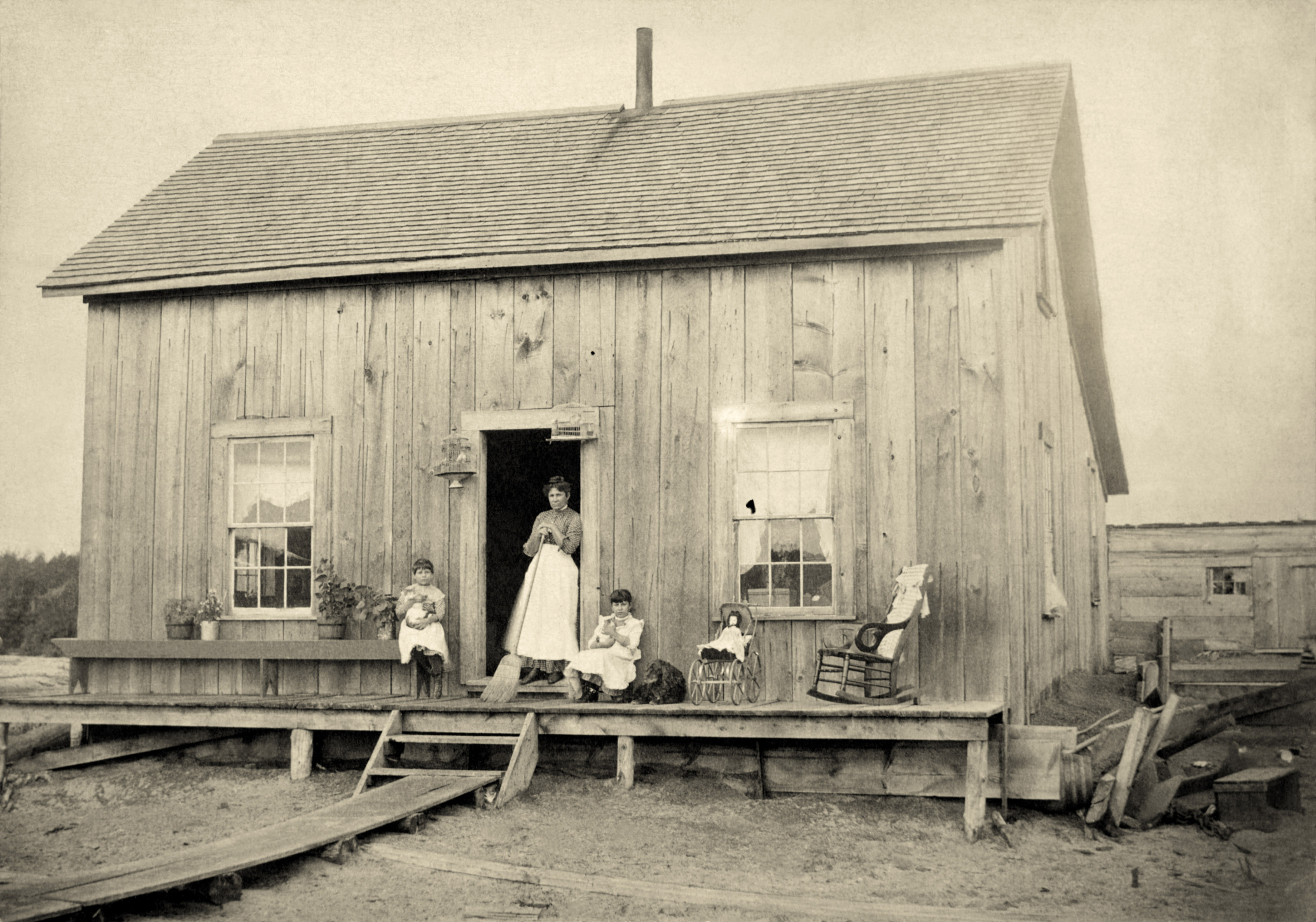One of the goals of the social safety net established over the past 80 years has been to give, in stages, people who cannot afford essentials access to them. No one can argue that the results have not been mixed. That is no more evident than in the wide gap in rates of people who have health insurance from state to state, and the level to which poverty is tied to these numbers.
If health care reform is to work, it needs to bring the level of uninsured people in states where the fewest people have it, compared to the national level, at least up to the national benchmark. In some areas, there is a long way to go.
According to new information from Gallup:
For the fifth straight year, Texas has the highest uninsured rate in the country — the 28.8% of adult Texans lacking healthcare coverage in 2012 is the highest for any state since Gallup and Healthways started tracking insurance coverage in January 2008. This widens the gap between Texas and the state with the second-highest uninsured rate in the country, Louisiana (24.0%), to 4.8 percentage points — the largest number separating these two spots on record. Massachusetts continues to have the lowest uninsured rate in the U.S., at 4.5%.
The difference between Massachusetts and Texas is breathtaking. Some of this may have to do with differences in state law. However, a larger factor is likely to be poverty.
The poverty rate in Texas is not the highest among all states. That distinction goes to Mississippi, where the rate averaged 21.2% from 2006 to 2010. Mississippi is on Gallup’s list of states with the largest percentage of people who are uninsured. Other matches between the 10 highest uninsured and 10 highest poverty rates include Louisiana, Arkansas and Texas.
At the end of the spectrum, where the rates of life insurance among residents are high and poverty rates are low are Massachusetts, Connecticut, and Hawaii. And, in almost all cases, the states where people have the rates of insurance, poverty rates are well below the national averages.
There is nothing shocking about the match between insurance rates and poverty. But it does create a measure by which the success of health care reform can be measured.
Methodology: Results are based on telephone interviews conducted as part of the Gallup-Healthways Well-Being Index survey Jan. 1 to Dec. 31, 2012, with a random sample of 353,564 adults, aged 18 and older, living in all 50 U.S. states and the District of Columbia, selected using random-digit-dial sampling.
In 20 Years, I Haven’t Seen A Cash Back Card This Good
After two decades of reviewing financial products I haven’t seen anything like this. Credit card companies are at war, handing out free rewards and benefits to win the best customers.
A good cash back card can be worth thousands of dollars a year in free money, not to mention other perks like travel, insurance, and access to fancy lounges.
Our top pick today pays up to 5% cash back, a $200 bonus on top, and $0 annual fee. Click here to apply before they stop offering rewards this generous.
Flywheel Publishing has partnered with CardRatings for our coverage of credit card products. Flywheel Publishing and CardRatings may receive a commission from card issuers.
Thank you for reading! Have some feedback for us?
Contact the 24/7 Wall St. editorial team.



